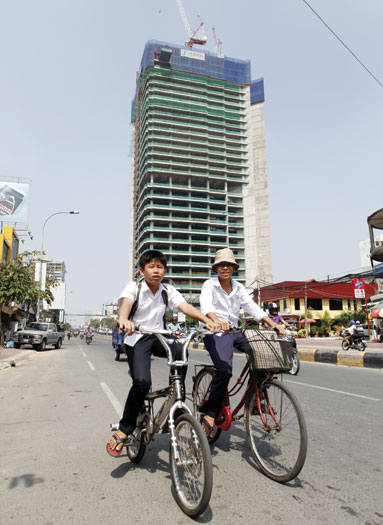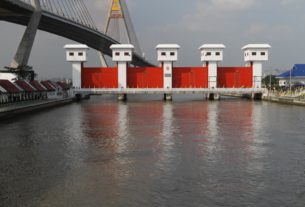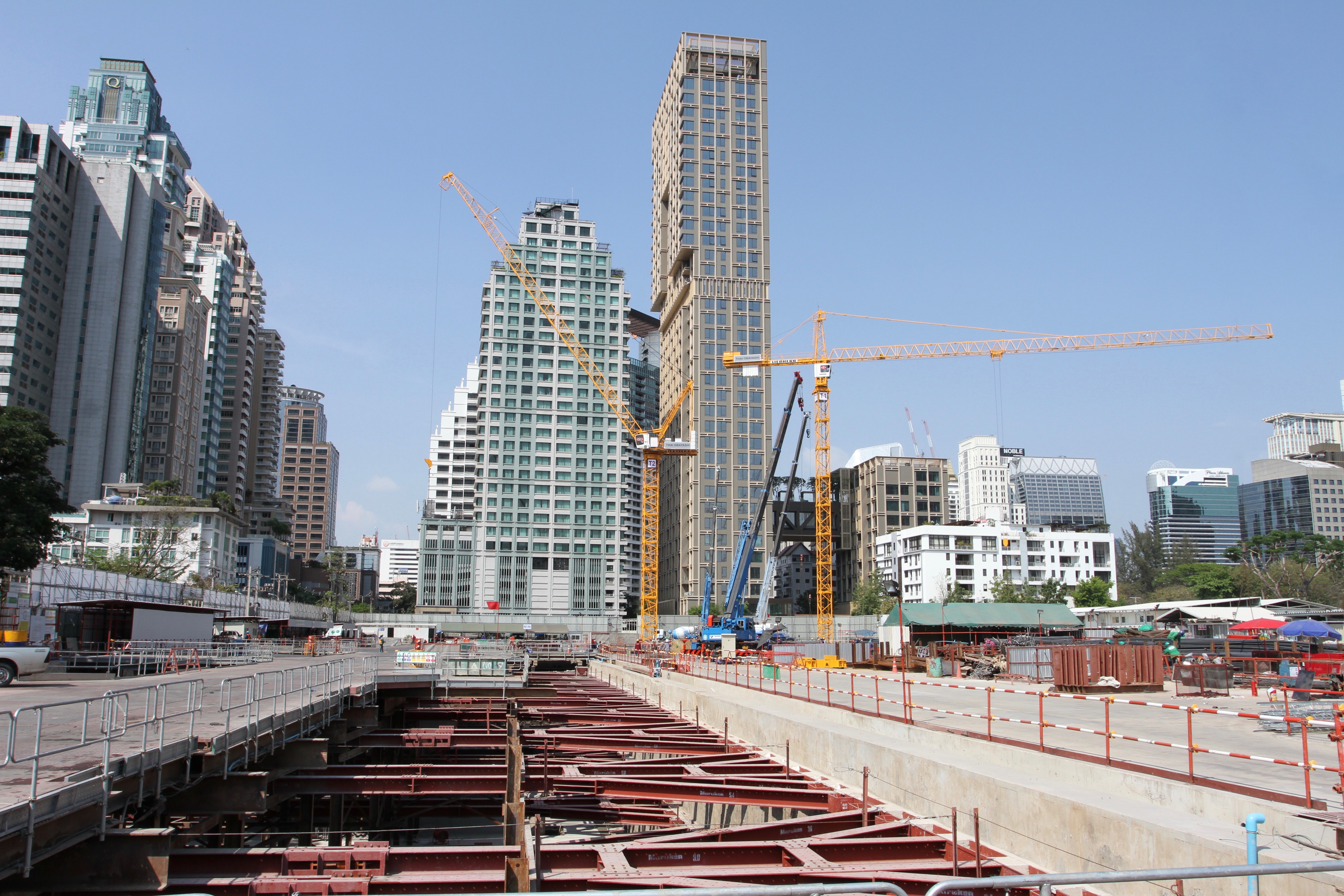China will not dance alone to the music of quick tempo.
The Lao National Assembly last week gave its permission to a plan of high-speed railway construction linking China to its capital of Vientiane. The project, 421 km in length, will be launched in April 2011.
This followed Thailand’s approval of a negotiation framework for a project for Thailand-China cooperation on high-speed railway in October.
Over the years, China has been a focus of world attention in high-speed railway with it trains continuously setting new speed records in test runs. It also enjoyed applause around the world as its “going global” policy for domestic enterprises has formed perfect match-up with some countries’ desire to build their own high-speed railways, which are expected to boost economic and social development.
Apart from a high-speed railway system linking Kunming in China’s Yunnan Province, Vientiane of Laos and Singapore, Chinese companies were also assisting the metro rail project in Mecca in Saudi Arabia, and the Tinaco-Anaco railroad in mid-western Venezuela.
They will also participate in the high-speed railroads building in Turkey.
Meanwhile, China, with both Russia and Belarus, is also studying the feasibility of constructing a railway system to connect Moscow and Minsk.
Since 2003, China has signed about 30 agreements or memoranda of understanding for bilateral railway cooperation with other countries.
Outstanding technology has ensured China’s railroad construction industry to achieve global reputation, after the national strategy of introduction, digestion, absorbing and re-innovation starting in the 1990s. By now, the once late starter has formed a technology system in high-speed railway construction with independent intellectual property rights and advanced international standards.
As the U.S.-based monthly The Atlantic said in a recent article, “Viewed from a purely technological perspective, America’s high-speed rail is an embarrassment compared to China’s.”
There are even media reports saying that the United States is considering to resort to Chinese technologies when building its own high-speed railroads.
Unlike China’s assistance in building the Tanzania-Zambia railway in the 1960s, the participation of Chinese enterprises in overseas railway construction nowadays fully followed market rules through project-bidding and marketing approaches during construction.
At the seventh World Congress on High Speed Rail held in Beijing early December, experts first attributed China’s advantages in overseas high-speed railway projects bidding to its whole set of advanced technology in designing and construction, equipment manufacturing and operation management. They also noted short project duration and low cost as the strength of the Chinese companies.
“Building roads before building wealth.”
Indeed, the majority of China’s overseas railroad-building projects are in those developing countries which are in dire need of infrastructure support so as to boost their social and economic advances. This creates big room for cooperation and a win-win result as China expects more global participation and influence of its enterprises.
Moreover, railway construction leads to the creation of new jobs and the development of a variety of related industries in any market. Therefore, as some experts have said, all that “wins friends” for China.
Source: http://news.xinhuanet.com/english2010/indepth/2010-12/27/c_13666603.htm


